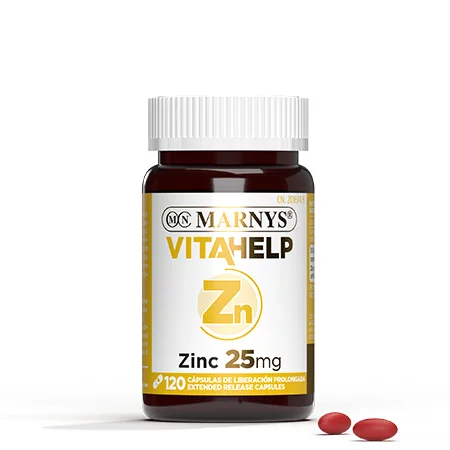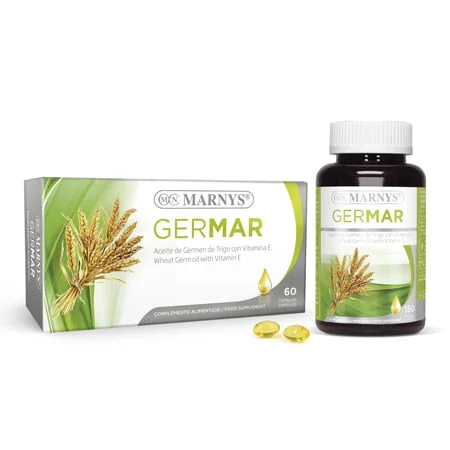? Ask us your questions
Share on social networks
TO KNOW MORE
Zinc: a key mineral for immunological processes
Zinc is the second most abundant trace element throughout the body after iron. It is found in a variety of foods like beef, poultry, seafood and grains.2
Zinc is present in all body tissues and fluids. It has been estimated that the total content of Zinc in the body is 2g. Skeletal muscle accounts for approximately 55-60% of total body content, followed by bone mass with almost 30%.2,3,4
Zinc has got essential structural, regulating or catalytic functions in many enzymes. This mineral maintains the configuration of several proteins such as insulin and thymulin (of an immunological nature). It facilitates binding hormones to tissues or organs where they will carry out their activity and can maintain the integrity of biomembranes. Accordingly, Zinc takes part in the mechanisms and control of the main metabolic pathways involving proteins, carbohydrates, nucleic acids and lipids.1
Optimal zinc levels are due to a varied and balanced diet in the human beings, providing good growth development, normal immune function, good skin structure, correct skeletal mineralisation, reproductive capacity and good function of the nervous system in terms of behaviour and mood, appetite and function of the senses of smell and taste.1
Inadequate amounts of Zinc are associated with a reduction in most aspects of immune function. Decreased leukocytes and immune responses (for example antibodies) and thymus atrophy are observed. Thymulin is a zinc-dependent enzyme that stimulates the development of T-cells (a type of white blood cells) within the thymus. Normal Zinc levels help people to able to cope with infections, where a good, balanced diet that includes Zinc (which can be supplemented) has been shown to be beneficial in the immune responses to bacterial and viral infections.1
Refrances
- Scientific Opinion on the substantiation of health claims related to zinc and function of the immune system. EFSA Journal 2009.
- Safe Upper Levels for Vitamins and Minerals. Expert Group on Vitamins and Minerals. May 2003.
- Olechnowicz, J. et al. (2018). J. Physiol Sci.
- Saper, R. B. et al. (2009). Am Fam Physician.































Reviews
There are no reviews yet.